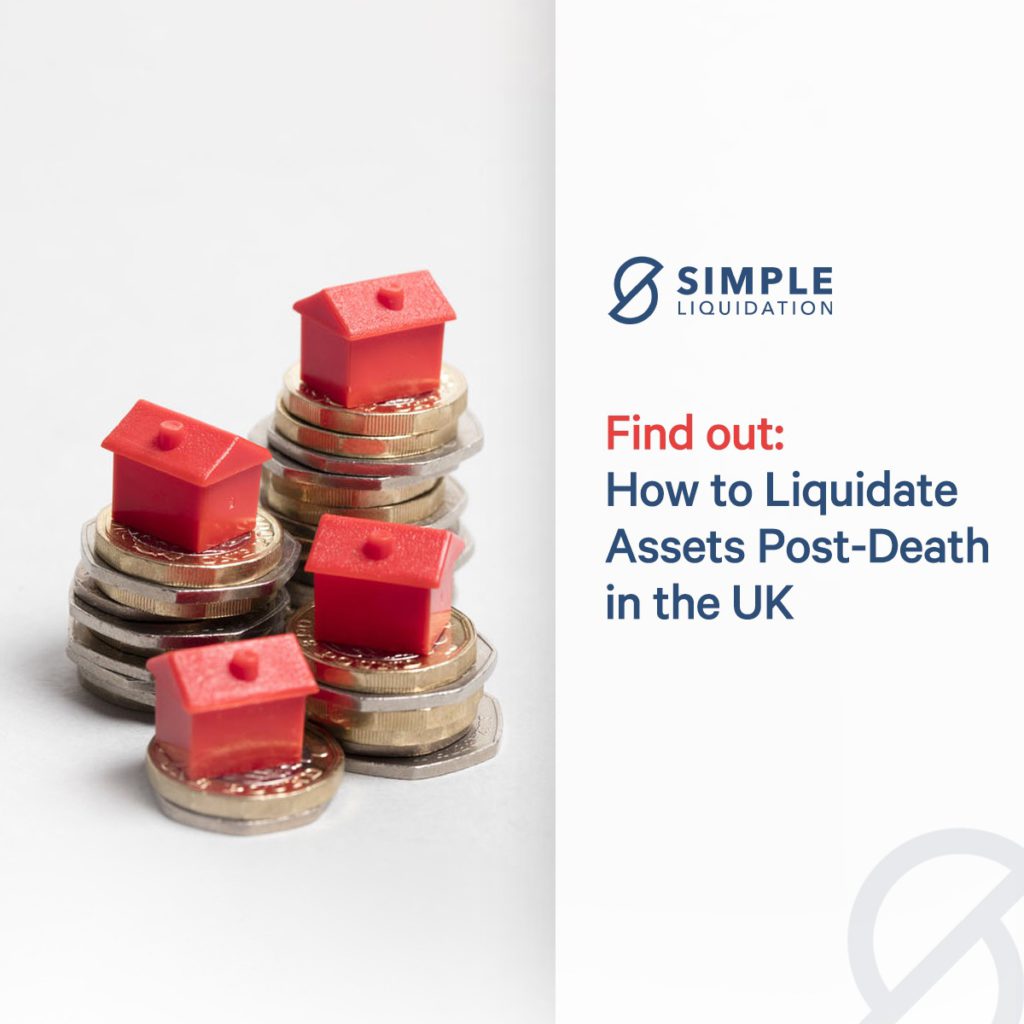If a loved one of yours has died and you have been appointed as the trustee, then you might be wondering what you should do with everything that they have left behind. It can all be a bit overwhelming when you consider the amount that has been left to you, knowing that you are responsible for effectively distributing all of these different assets, ensuring debts are paid, and the correct beneficiaries receive what is owed to them.
If you are feeling a bit overwhelmed by everything, then it might be worth speaking to some experts who will be able to help. Below are some tips on how you can effectively start the liquidation process of someone’s assets once they have passed.
What Does “Liquidating Assets” Mean?
Firstly, it is worth discussing what it actually means to liquidate a person’s assets. When you liquidate assets, this means converting hard assets (which include the likes of personal belongings and property) into cash. This is an essential step in the estate or trust administration process as it will allow you to distribute the necessary funds to both payoff debts and pay the beneficiaries.
What Assets Need to Be Liquidated?
There are 3 main types of assets that have to be liquidated after a person has died. These include:
- Property: This means any real estate that was owned by the deceased, whether they were living in it or not. It also includes partial shares in a property that they might have had with other parties.
- Personal Property Which is Tangible: This includes any property which is physical in nature, for example, cars, furniture, family heirlooms, jewellery, clothes and collectables.
- Personal Property Which is Intangible: Contrast the above with personal property, which is intangible that includes the likes of bonds, CDs and stock certificates.
How Do You Liquidate Assets?
There are a few steps involved throughout the liquidation process. They include:
- Step 1: Do an inventory of all of the estate property
You should head over to the property of the deceased and change the locks. This is simply a precaution to ensure that the beneficiaries don’t remove anything from the estate before you have been able to carry out a full inventory. Go around and make a note of everything that the deceased owned, compiling a whole list of their assets in the process.
- Step 2: Value the assets
As the trustee, it is your responsibility to ensure the value given to the assets is a reflection of their fair market value. You don’t want to accidentally donate or auction something which turns out to be really rare and worth thousands. Similarly, you don’t want to hold on to something bulky and cumbersome only to realise it isn’t actually worth anything. Mistakes like these are serious as they can stop beneficiaries from claiming their rightful inheritance.
If there is a specific asset that you think might be valuable, but you aren’t sure, you should be sure to have it appraised by a professional. It is simple to begin the process of getting different items appraised:
- Real estate: Be sure to get a real estate appraiser on board. You will want to hire a professional who is impartial and fully licensed so that you can get a clear reflection of what the fair market value of something is. If you have hired a law firm to help with the assets, then they will probably be able to point you in the direction of some good options.
- Tangible property: If you are looking around the deceased’s property and find a number of different pieces of art, trinkets and all things in between, you will likely be wondering whether some of them are valuable. For example, if the deceased had a substantive jewellery collection, then you could take this to an appraiser to get it looked at in more detail to assess what it is actually worth.
- Finding the right appraiser: You want to make sure that you are using the right appraiser. Have a look on Google for locals who could come around but be sure to speak to their previous clients in order to gauge whether or not they are reliable.
- Step 3: Distribute the assets
The method used to liquidate different assets will vary depending on what the asset is. Liquidators will be able to assist with talking you through the necessary process. It is worth remembering that all of the cash you collect from liquidation needs to be put into a separate bank account and should never be mixed up with your personal funds. Be sure to keep a careful record of all of the income that you have received and what distributions you have made throughout the administration process.
Here is how you handle the liquidation of different assets:
- Property: Sell any property left behind through a real estate company who have experience dealing with estate administrations. Again, it may be worth asking the professionals you bring on board for referrals. Don’t wait for market value to increase before selling, as this simply delays the administration process.
- Tangible Property: This can be tricky as a lot of the items may carry sentimental value, and as such, the beneficiaries would rather have the item itself rather than the money from selling. Be sure to check for a letter of instruction and speak with the beneficiaries about the items.
- Intangible Property: When you are selling intangible property, you can use a stock broker in order to sell stock certificates. Any bonds can just be cashed at a bank.
Do You Need Help with Liquidation?

The whole liquidation process can be reasonably overwhelming and as such, if you need some assistance with it, then be sure to consider enlisting the help of Simple Liquidation. Our team of experts is on hand to help you with any queries about the liquidation process. If you have any questions or want more information on how we can assist, please do not hesitate to get in touch.

